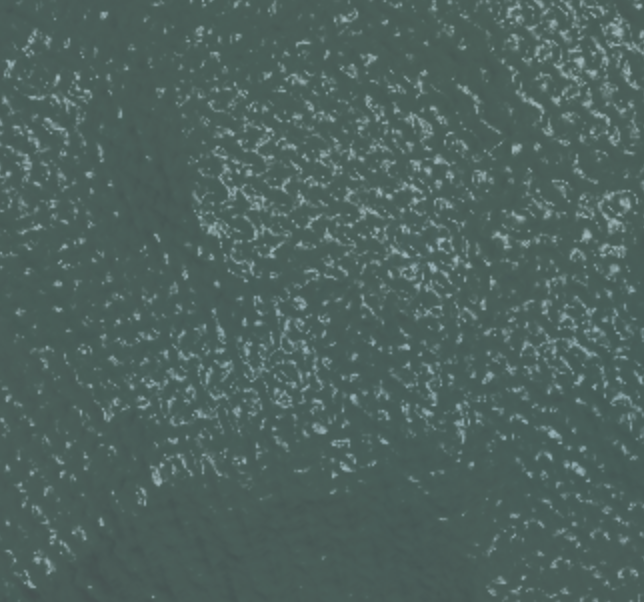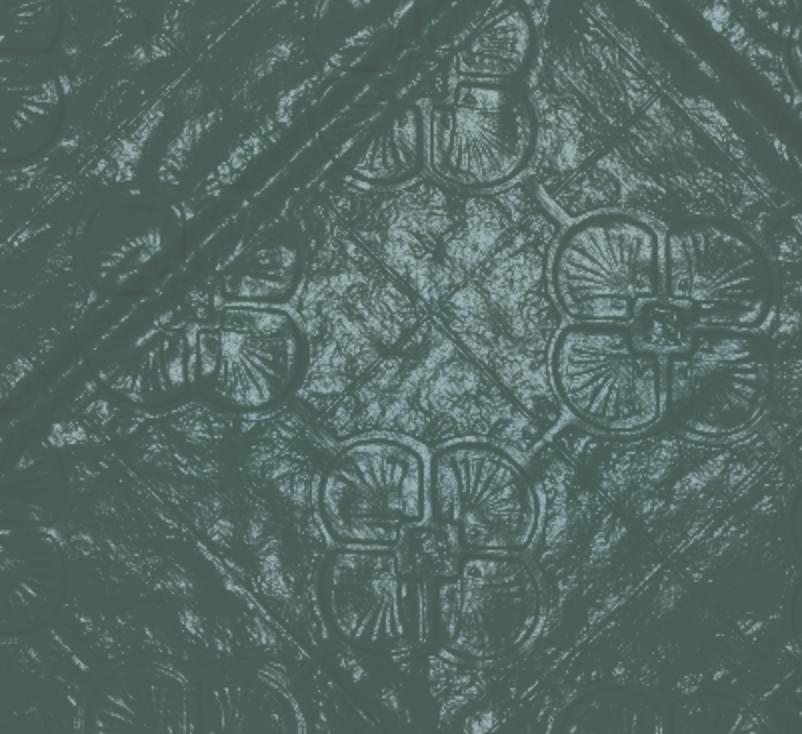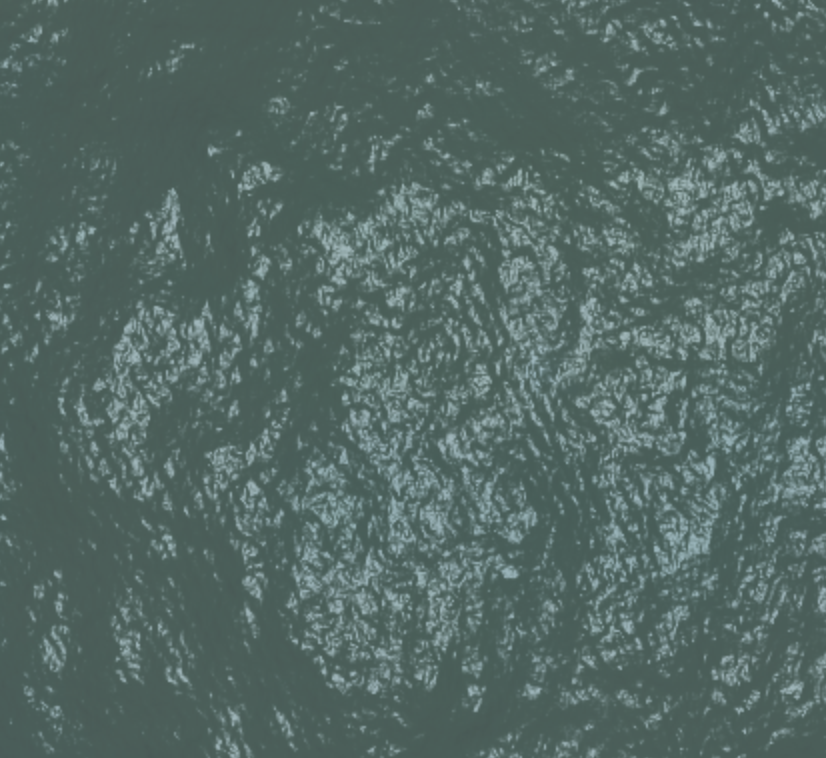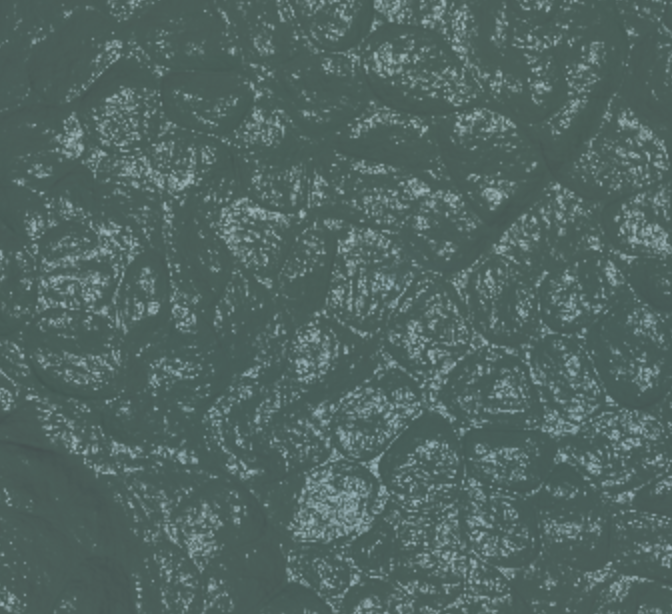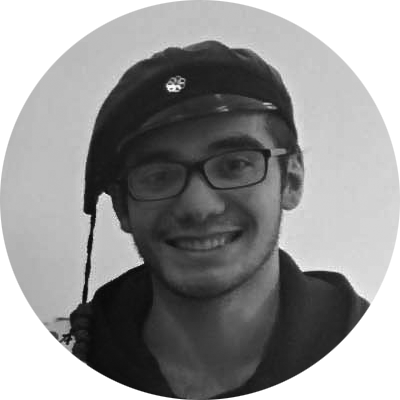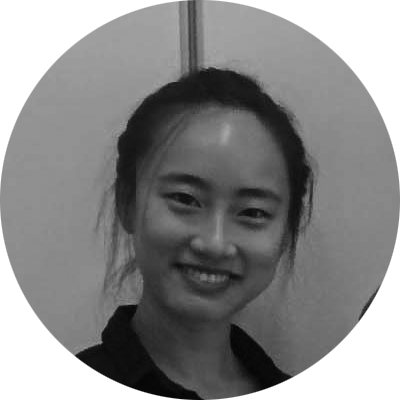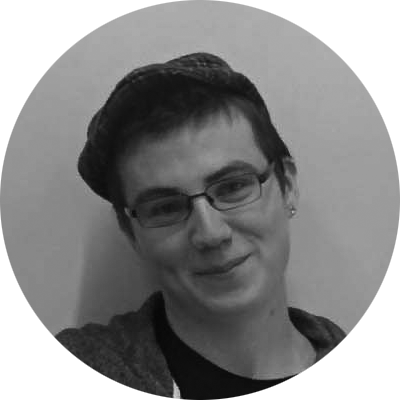Individual Work
Artistic Rendering by Mikael
Artistic rendering can be achieved in many ways, through for example post editing the created 2d image, or as in our case, edit the actual 3d scene before it is rendered. The purpose it to make a scene look aesthetically pleasing, often by mimicking features of real hand drawn paintings, and can be considered a branch within non-photorealistic rendering (NPR). My shoot at artistic rendering consist of mimicking the work of Kaplan et al. (2000), which uses geografatals (dynamically generated particles) attached to the faces of a 3d object to create a hand drawn effect or textured effect. We decided in the end against including artistic rendering in the scene, but some examples of the result I achieved can be seen here:

Fire by Lennart
Fire can look and feel so different depending on what type of fire you are after. The way we were trying to create it is by using Perlin Noise together with deformation of a figure that is to represent fire. By altering variables like Lacunarity, Gain and noise in all directions, we could get fires that differentiate alot and gives a whole range of possibilites on macro-level. This example follows the paper "Real-time Procedural Volumetric Fire (2007) by Alfred R. Fuller, and code for 3D noise algorithm is from Ashima's GitHub https://github.com/ashima/webgl-noise/blob/master/src/noise3D.glsl. Together with this there is also a simple particle system to add smoke and small fire particles to give it extra depth of behaving like fire does. The result of some varying fires can be seen below:
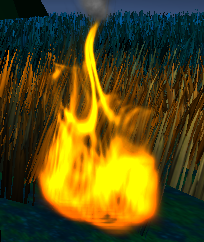
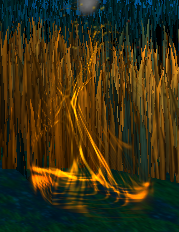
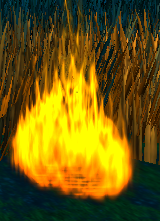
Water by Huiting
Within the Graphics pipeline architecture, shading is the overwhelming key for rendering water. There are two types of shaders in Three.js, vertex shaders and fragment shaders. Vertex shaders define the final position of the vertex on screen while fragment shaders define colors, textures and lightings. My work follows the example of Jonas Wagner (2012), learning to simulate the basic characteristics of water: waves, reflection, refraction, absorption, scattering, etc. Examples for different wave shapes rendering:
